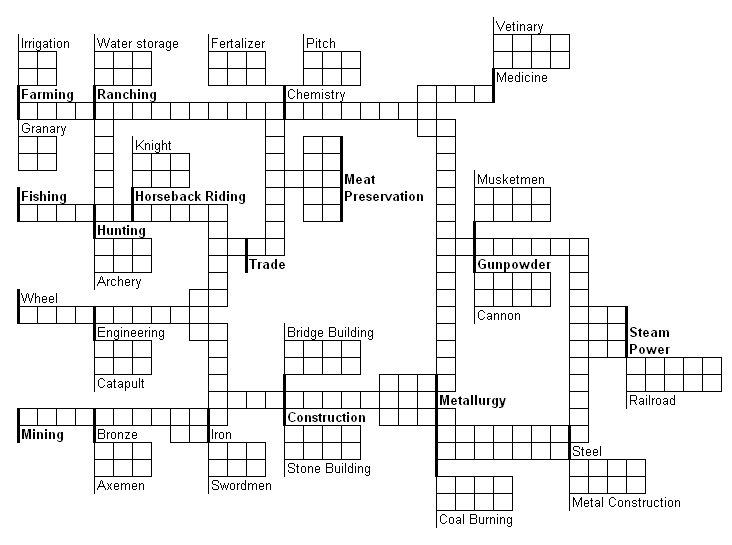The noise of art
I got around to describing the game to a few locals this evening. Some of the responses were amusing:
- Every time I think I’ve got the hang of the game there’s another level.
- This sounds totally like the sort of game I think you’d design: Phase driven, lots of things to do to cause others pain, and most of that pain actually helps you.
- Who do you expect to get to play this monstrosity? Oh, me. Yeah, I want to play that.
- You’re evil. You really hate us players don’t you? I like. When will it be ready?
Nothing amazing but pleasing none the less, especially since the game specifically started out as an attempt to design the type of game I strongly dislike, but in a form I’d like. I really dislike what I call economic snowball or economic engine games. Examples include such stalwarts as Puerto Rico, Das Zeptor von Zavendor, Phoenicia, Outpost, Power Grid, St Petersberg etc. They are utterly not my thing and are for me an almost painful playing experience (a year later and David Eisen is still telling the story of the single game of Power Grid he got me to play). The problem was then to successfully design a game founded on the same principles as they, but one that I’d actually like and want to play. Thus the goal of Colonial Zoo was born: Take something dreadful, make something worth playing.
The other amusing aspect of this evening’s conversation was a few statements I made whose truth I recognised only after I’d said them:
In Colonial Zoo the players push money into the City States and then suck money back out of the City States. They do this repeatedly and end up with more money than they started with. Once they have more money they then want a way in which they can shove even more money into the game and take it out in larger lumps too, faster if possible. Basically they want a higher bandwidth money pipeline. This is a primary force behind (expensive) tech upgrades: they increase money bandwidth.
Additionally if the game stays at a low technology level the players will optmise themselves very well for that pattern and will be making more money at it than you are. You will be losing. So you’ll want to upgrade the technology level to cause their pipeline to break and throw them off balance while they optimise for the new level. Of course they then do the same back to you, but that takes a while and as the new technology level is higher bandwidth you’ll be making more money than they could or did. This process then repeats as you break them, they break you, etc. As such the game becomes a rolling process of always building the next better/bigger without ever getting a chance to stabilise on anything before it starts to fall away. It is rampant consumerism gone wild.
Or, to paraphrase a friend from tonight, You are building an economic engine, it just keeps falling apart and breaking and big chunks of it disappearing while you’re doing it. That sounded pretty much right to me.
